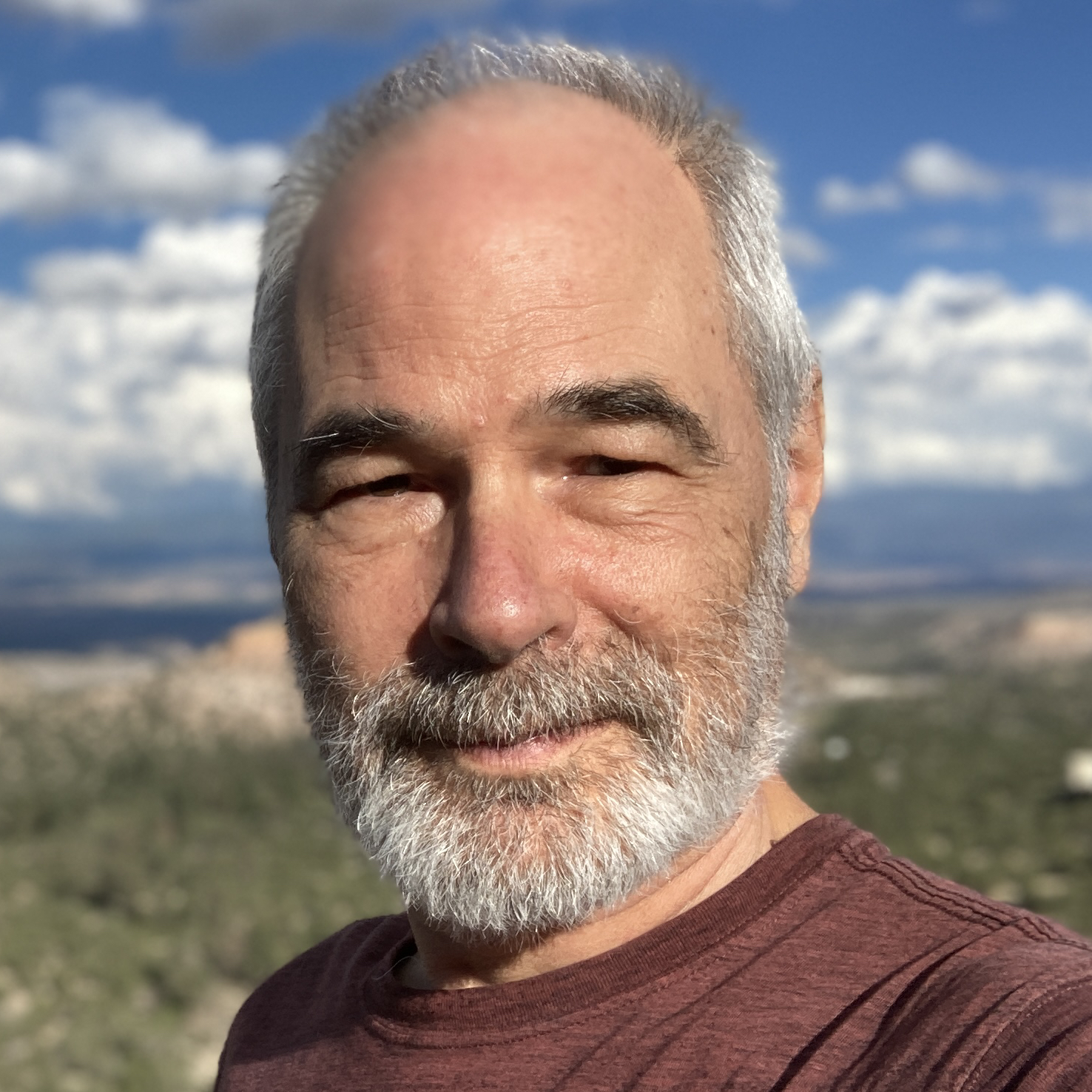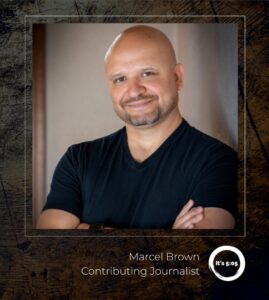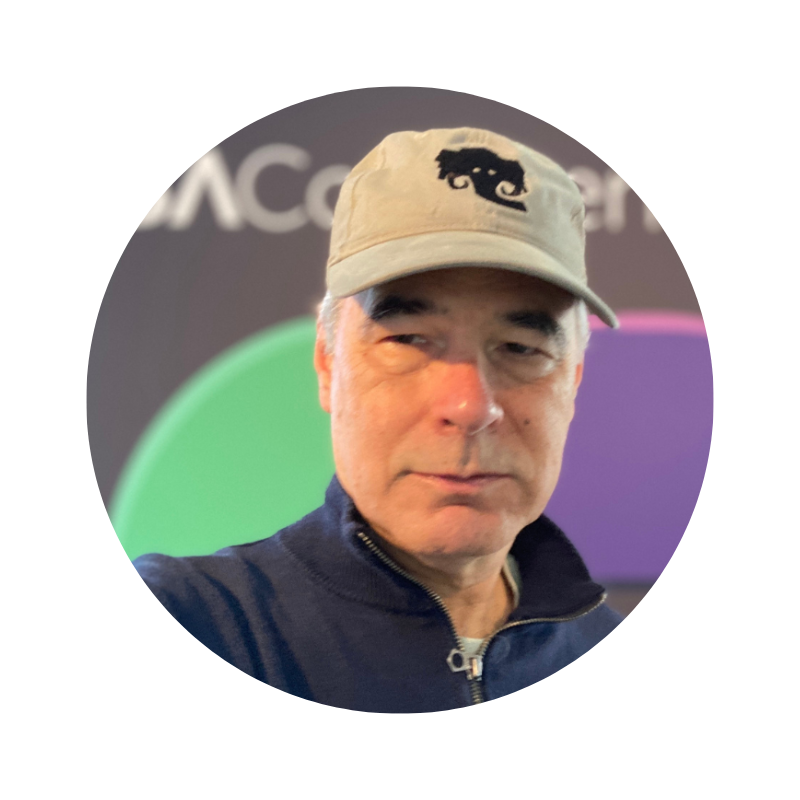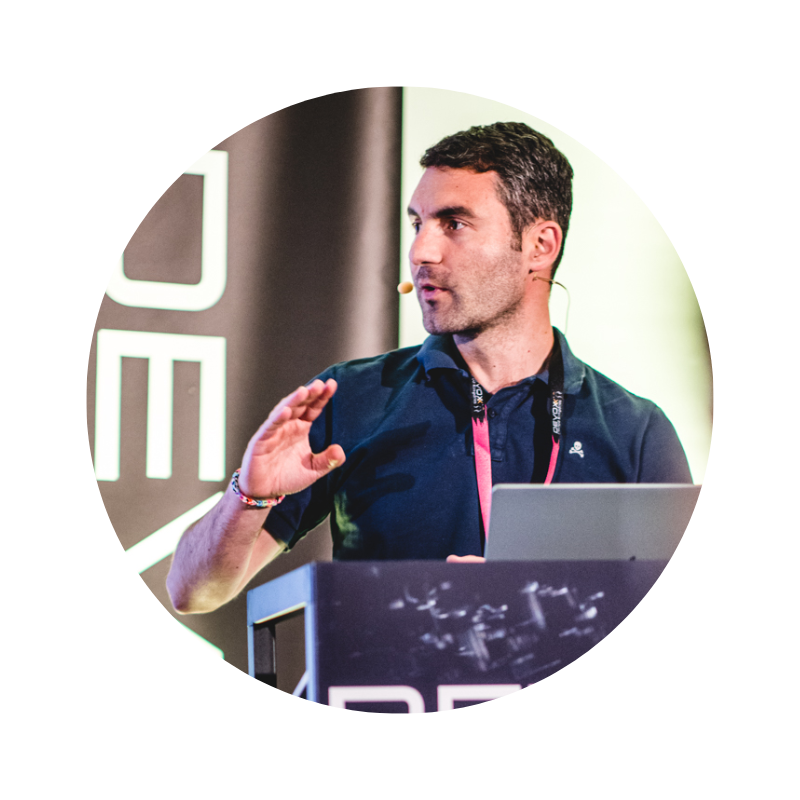November 16, 2023

In this Episode:
Marcel Brown: November 16, 1982. Steve Jobs writes a letter to Macintosh Labs asking for the rights to use Macintosh as the brand name of Apple’s still-in- development computer. Gordon Gao, president of Macintosh Labs, visited Apple headquarters for a product demonstration. However, Macintosh lawyers advised Gao to reject the request.
Edwin Kwan: DP World Australia suffered a cyber attack which disrupted its landside freight operations. The attack resulted in around 30,000 shipping containers not being moved and crowding of available storage spaces at the ports.
Ian Garrett: It’s no secret that there’s a massive shortage in cybersecurity talent, and with any resource that’s high in demand with low supply, there are people willing to pay top dollar. For top cybersecurity professionals, companies are now offering substantial packages.
Mark Miller: Hold on to your ass, developer, because you aren’t a developer on the OpenAI platform. You’re an idea generator for OpenAI’s next iteration. This is Mark Miller sitting here shaking my head over what transpired last week at OpenAI’s first developer conference.
The Stories Behind the Cybersecurity Headlines
Edwin Kwan
Cyberattack Threatens Australian Christmas
 A cyber attack on an international logistics firm has disrupted freight movement in multiple Australian ports.
A cyber attack on an international logistics firm has disrupted freight movement in multiple Australian ports.
This is Edwin Kwan from Sydney, Australia.
DP World Australia suffered a cyber attack which disrupted its landside freight operations. The company has a significant presence in Australia. It operates logistics terminals in ports of Fremantle, Brisbane, Sydney, and Melbourne, and handles 40% of Australia’s container trade.
The attack resulted in around 30,000 shipping containers not being moved and crowding of available storage spaces at the ports. It is estimated that the damages run up to the millions of dollars as many stranded containers hold time-sensitive goods such as blood plasma, Wagyu beef, and lobster. The company activated its emergency plans, engaged with cybersecurity experts, and took three days to resume operations.
Australia’s National Cyber Security Coordinator has described the attack as a nationally significant cyber incident. The Cyber Security Minister also said that the incident has shown how vulnerable Australia is to cyber incidents, and how much better we need to work together to make sure we keep Australians safe.
Resources
– Bleeping Computer: https://www.bleepingcomputer.com/news/security/dp-world-cyberattack-blocks-thousands-of-containers-in-ports/
Mark Miller
OpenAI Takes a Run at Startups that Use Their Platform
 It’s as if people have no memory. If you build something on someone else’s platform, if you don’t somehow reach the users of that platform who are using your app, if you can’t have direct contact with your users, you’re toast when the platform says, “Hey, that’s a good idea. I think we’ll do that, too.”
It’s as if people have no memory. If you build something on someone else’s platform, if you don’t somehow reach the users of that platform who are using your app, if you can’t have direct contact with your users, you’re toast when the platform says, “Hey, that’s a good idea. I think we’ll do that, too.”
Facebook, Instagram, TikTok, LinkedIn, and now OpenAI. They have all made it very, very clear. All your Cheeseburgers belong to us. You don’t have a long term business model if your business resides on someone else’s platform That’s because they own all the contact information. They have the valuable list of people who are interested in your content and they are not going to share that with you. That’s THEIR business model.
This is Mark Miller, Executive Producer of 5:05, sitting here shaking my head over what transpired last week at OpenAI’s first developer conference.
Hold on to your ass, developer, because you aren’t a developer on the OpenAI platform. You’re an idea generator for OpenAI’s next iteration. As you’re building out your business model using one of the AI platforms, take these thoughts into consideration.
The value to you in the contact list is not the likes or accolades that stay locked into that platform.
How will you own the contact list of people who follow you on that platform? That’s the key.
The easiest way to get started is to set up a newsletter and ask people to subscribe. It is a slow process since 90%, and that’s a real number by the way, of any group or platform are lurkers who will never ever sign up for anything.
The next 9% are there to find a solution to a specific problem and aren’t really your raving fans… yet.
The final 1% are who you’re going after. Those are your raving fans who will follow you into the Coliseum for the Battle of Carthage. That’s who you want to find. That’s who you want to engage with and have at your side.
Final point: It’s important and it’s necessary for you to find your raving fans before the platform undermines and absconds with your ideas. Hey, it’s AI and can figure out for itself what is valuable . And I guarantee you it will.
Resources
– Youtube: https://www.youtube.com/watch?v=aQIlZyasM-U
– Medium: https://medium.com/@ignacio.de.gregorio.noblejas/openai-just-killed-an-entire-market-in-45-minutes-818b2a8ad33e
– YouTube: https://www.youtube.com/watch?v=U9mJuUkhUzk&pp=ygUbb3BlbmFpIGRldmVsb3BlciBjb25mZXJlbmNl
Ian Garrett
$500k Compensation for the Top 25% of Cybersecurity Professionals

It’s no secret that there’s a massive shortage in cybersecurity talent, and with any resource that’s high in demand with low supply, there are people willing to pay top dollar. A recent report by IANS and Artico showed that top cybersecurity talent is crucial to organizational success and can command high compensation.
Hey folks, this is Ian Garrett in Arlington, Virginia.
In the ever-evolving world of cybersecurity, attracting and retaining top talent is becoming increasingly competitive and costly. According to a report by IANS and Artico, successful cybersecurity strategies hinge on having the right team size and offering competitive salaries.
For top cybersecurity professionals, companies are now offering substantial packages. The top 25% in specialties like SecOps and GRC earn an average of around $523,000 in cash compensation and $640,000 including equity. The compensation varies by specialty, with identity and access management leaders at the lower end of the spectrum, and deputy CISOs and heads of product security at the higher end. This high compensation reflects the critical role these professionals play in securing organizations against increasingly sophisticated threats.
The structure of cybersecurity teams also varies depending on the size of the company. Larger enterprises, particularly Fortune firms, tend to have more layers of organization and specialized roles, while mid-sized companies often have smaller, more versatile teams. The number of cybersecurity staff generally scales with the company’s revenue, highlighting the growing importance of cybersecurity across all business sizes.
Aligning the cybersecurity team with the company’s overall needs is a key task for CISOs. The recent report indicates that around 15% of organizations are reaching a revenue milestone that necessitates a head of SecOps, followed by the need for heads of AppSec and IAM. This reflects a growing trend of specialization within cybersecurity roles as companies continue to adapt to evolving threats and regulatory landscapes.
Resources
– CSO Online: https://www.csoonline.com/article/1247236/for-top-cybersecurity-talent-companies-pay-over-500000-report.html
Marcel Brown
This Day, November 16, in Tech History
 This is Marcel Brown serving you up some technology history for November 16th.
This is Marcel Brown serving you up some technology history for November 16th.
November 16, 1904. John Ambrose Fleming applies for a US patent on what he called the oscillation valve, the first example of the vacuum tube. Vacuum tubes would form the basis of electronic technology for nearly 50 years until the development of the transistor. Fleming’s invention has been described as one of the most important developments in the history of electronics.
November 16, 1982. Steve Jobs writes a letter to Macintosh Labs asking for the rights to use Macintosh as the brand name of Apple’s still-in- development computer. Macintosh Labs makes high-end stereo equipment. And while Jeff Raskin, creator of the Macintosh project, intentionally spelled the name with a letter ” A” to differentiate Apple’s computer from Macintosh’s audio products, Apple was denied a trademark because the name was phonetically identical.
Since the Macintosh team had become attached to the name, Steve Jobs wrote the letter hoping to get permission or a licensing arrangement. Gordon Gao, president of Macintosh Labs, visited Apple headquarters for a product demonstration after receiving the letter. However, Macintosh lawyers advised Gao to reject the request. It wasn’t until March of 1983 that Apple secured a license for the name Macintosh. In 1986, Apple wholly acquired the trademark for an undisclosed, substantial amount of money.
That’s your technology history for today. For more, tune in tomorrow and visit my website, ThisDayInTechHistory.com.
Resources
– https://thisdayintechhistory.com/11/16



















